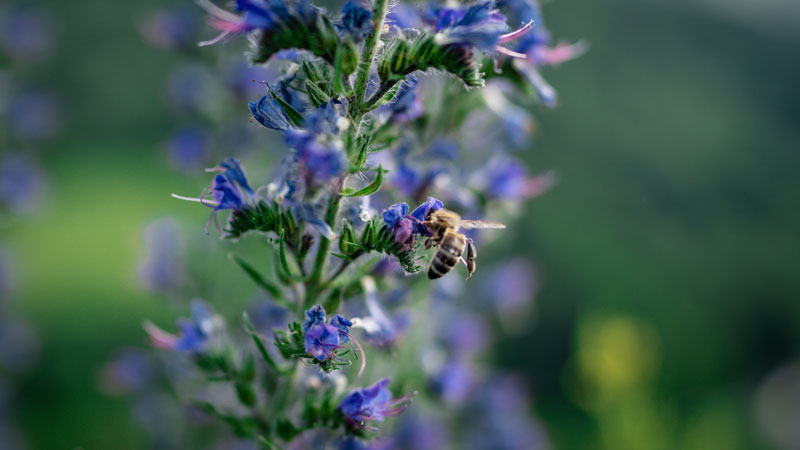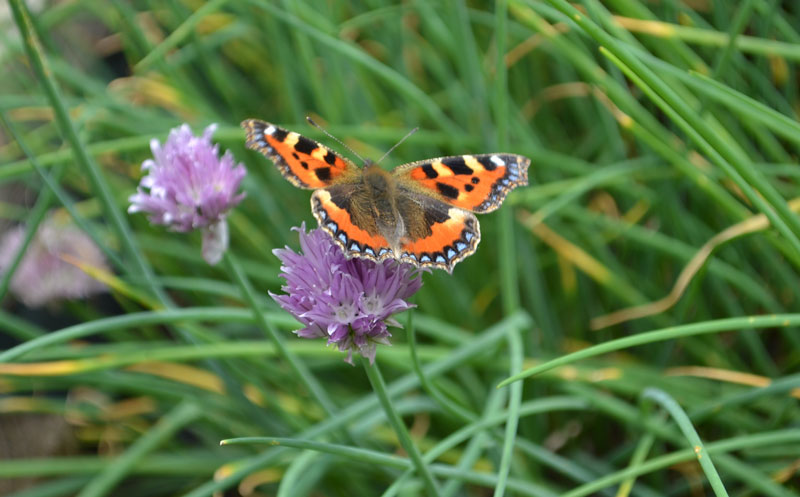Landscaping often involves a mixture of different garden surfaces. Arbour Landscape Solutions Lt...
Filter by:
This is the section of our website where you’ll find everything you need to build beautiful ...
Filter by:
Every outdoor space has three dimensions. Arbour Landscape Solutions offers an extensive range of ...
Filter by:
Introducing our comprehensive range of soft landscaping surfaces for industry professionals. Every...
Filter by:
This is where you’ll find everything you need to build the garden structures specified on yo...
Filter by:
At Arbour Landscape Solutions we know how important drainage is to the success of any landscaping ...
Filter by:
Holding it all together is our range of top quality screws and fixings. Take a good look at the pr...
Filter by:
Lightweight Concrete
Filter by:
We've compiled a comprehensive catalogue of landscaping Tools and Equipment for you to buy or ...
Filter by:
Pots can enhance a garden or commercial landscape hugely, improving a sense of arrival for any sch...
Filter by:
Arbour Landscape Solutions are proud to present this range of stunningly beautiful planters in all...
Filter by:
High-quality light fittings designed and manufactured in the UK. Stylish, durable and with a 10 ye...
Filter by:
Pots can enhance a garden or commercial landscape hugely, improving a sense of arrival for any sch...
Filter by:
Arbour Landscape Solutions are proud to present this range of stunningly beautiful planters in all...
Filter by:
High-quality light fittings designed and manufactured in the UK. Stylish, durable and with a 10 ye...
Filter by:
 TRADE & SELF BUILDERS MULTI-USER ACCOUNTS MULTI USERS
TRADE & SELF BUILDERS MULTI-USER ACCOUNTS MULTI USERS FREE DELIVERY ON ALL YARD STOCK FREE DELIVERY DELIVERIES
FREE DELIVERY ON ALL YARD STOCK FREE DELIVERY DELIVERIES INSTANT ONLINE QUOTES FREE QUOTE BUILDER UPLOAD MY LISTS
INSTANT ONLINE QUOTES FREE QUOTE BUILDER UPLOAD MY LISTSJune 6th 2022 is World Green Roof day. A day to celebrate the innovation, design and skill that goes into green roof construction on any scale. From enormous commercial green roofs, to wonderful podium gardens like New York’s High Line, right down to small yet exciting green roofs on bus shelters, home extensions and garden buildings.
Many of our customers are asked to design and/or build green roofs and we are often privileged to help them source the plants to put upon them. On the Arbour Landscape Solutions team, Anna, Angela and Debs all have green roofing in their blood and of course, everyone here is passionate about biodiversity net gain.
A green roof plant needs to be attractive to insects, contribute towards providing habitat, be able to grow happily in green roof substrate and also cope well with the unique conditions on a living roof. Having a finite depth of growing medium, very good drainage, and exposed conditions don’t suit every species. And don't forget about the roots - anything with a vigorous root system poses a potential threat to the roof’s waterproofing and is therefore not suitable for this application.
If you are aiming for all year round interest AND biodiversity net gain, avoid plants that might outcompete their neighbours. There is always a bit of jostling for attention amongst green roof plants, and the balance will change from year to year but with careful plant choices and occasional maintenance you can create a vibrant and interesting feature.
With all that in mind, and in no particular order here are our top ten green roof plants for use on extensive living roofs. Intensive living roofs are, of course, managed in much the same way as a ground level garden and so you have a very wide range of plants to choose from.

A honey bee feasts on vipers bugloss flowers.
Sedums are a great choice for green roofing especially when used as part of a mixed planting scheme alongside other green roof plants. S. Album is of course our native sedum species. It has low growing, jelly bean shaped succulent leaves and pops up sprays of white flowers in spring time.
The advantage of using sedums is that they are very shallow rooted. So if your building can only cope with a relatively light weight build up of drainage blanket, growing medium and plants, then sedums will normally be happy in as little as 20mm of substrate.
They love sunshine and are incredibly drought tolerant. As members of the crassulacae plant family, they have evolved a rather clever mechanism of absorbing carbon dioxide at night time to avoid opening the pores in their leaves on a hot day and risking losing water through them. It’s known as crassulacean acidic metabolism or CAM.
Learn more about CAM plants in this article from our friends at Turfonline.
A stately biannual plant that seeds itself readily on a green roof and provides oodles of sweet nectar for a wide range of pollinating insects. Lives happily in free draining, low nutrient, growing medium and provides a brilliant blue pop of colour all summer long.
Actually any of the native Silene genus do well on a green roof. Bladder campion however gets a special mention for its interesting flower and its association with Coleophora silenella, the campion case bearer moth whose larvae feed on the plants’ seeds.
A native wildflower with a history. Way back in medieval times, ladies would stuff their mattresses with the sweet smelling foliage of Galium verum in an attempt at masking the smell of BO. Of course in those days, showers were unheard of, baths were a rare luxury and Lynx Africa was yet to be invented. But I digress.
These delicate yellow flowers are attractive to people as well as to insects. Which makes them a great contributor to biodiversity net gain.
Yes - chives - the things that you chop up and put in your salad. They adapt brilliantly to green roof life with their perky pink flowers and vibrant green leaves. Beloved by bees and very good at self seeding.

Chives are a fabulous source of nectar for pollinators as well as being a tasty addition to your cooking
If I’m honest, most woody herbs will do well on a living roof. So think rosemary, oregano, sage or even lavender. Those oil infused leaves cope well with drying winds and hot sun and can also take a winter frost.
Happy yellow flowers sitting on woolly cushions of foliage. It’s commonly found on sand dunes, chalk grasslands and cliff tops and so the conditions on a green roof suit it down to the ground.
All of the vetches are legumes and so will ‘fix’ nitrogen from the air thus adding nutrients into your growing medium and helping to support neighbouring plants in the ecosystem.
Larval food plant for the small blue butterfly which is a very fussy eater. It’s kidney vetch or nothing for this beautiful creature.
Most landscapers and garden designers will have used scabious species in their planting plans. This is the native version from which many of our cultivars have been bred. It has a pretty blue bloom, long flowering season, but most importantly of all, it’s a magnet for butterflies. In autumn, the seeds create a buffet for birds such as linnets.
Our Mrs Lambert walks her dogs most days either in Thetford Forest or on the edge of the Norfolk Fens. She tells me that she’s seeing less and less common toadflax each year. Whether that’s an anomaly in her area, a temporary blip or just very poor observation skills, it’s a shame to think that this beautiful piece of our biodiversity jigsaw may not be thriving as it was.
If you like antirrhinums, you’ll love these little beauties. Delicate, pale yellow flowers held aloft on a robust stem and attracting every bumblebee from miles around. The seeds are also rather attractive to some of our feathered friends. So definitely worth including on your living roof.
A really useful alternative to common toadflax is Linariea purpurea - similar properties (apart from the colour of the flower) but generally more successful on a green roof than its native cousin.
Sometimes know as the egg and bacon plant or as granny’s toenails (due to the unusually shaped seed pods). Birdsfoot trefoil is an important larval food plant for the common blue, green hairstreak and dingy skipper butterflies
Think hard and if in doubt, consult the team at the Green Roof Organisation (GRO) who will be able to advise you on all aspects of green roof construction.
In this video, Dusty Gedge, wildlife specialist and President of the European Federation of Green Roof Associations shares his enthusiasm for green roof plants and shows us how he tries to increase biodiversity on the roofs he visits.
Learn more about World Green Roof Day on the GRO website.
Follow Dusty Gedge on YouTube for news and views on green roofs for biodiversity.
Green Roof Construction - how to build a simple green roof using sedum matting.
Buy Wildflower Seed Mix for green roof construction.
Would you like to remove the items in your basket and replace them with this order or keep all items in the basket?
